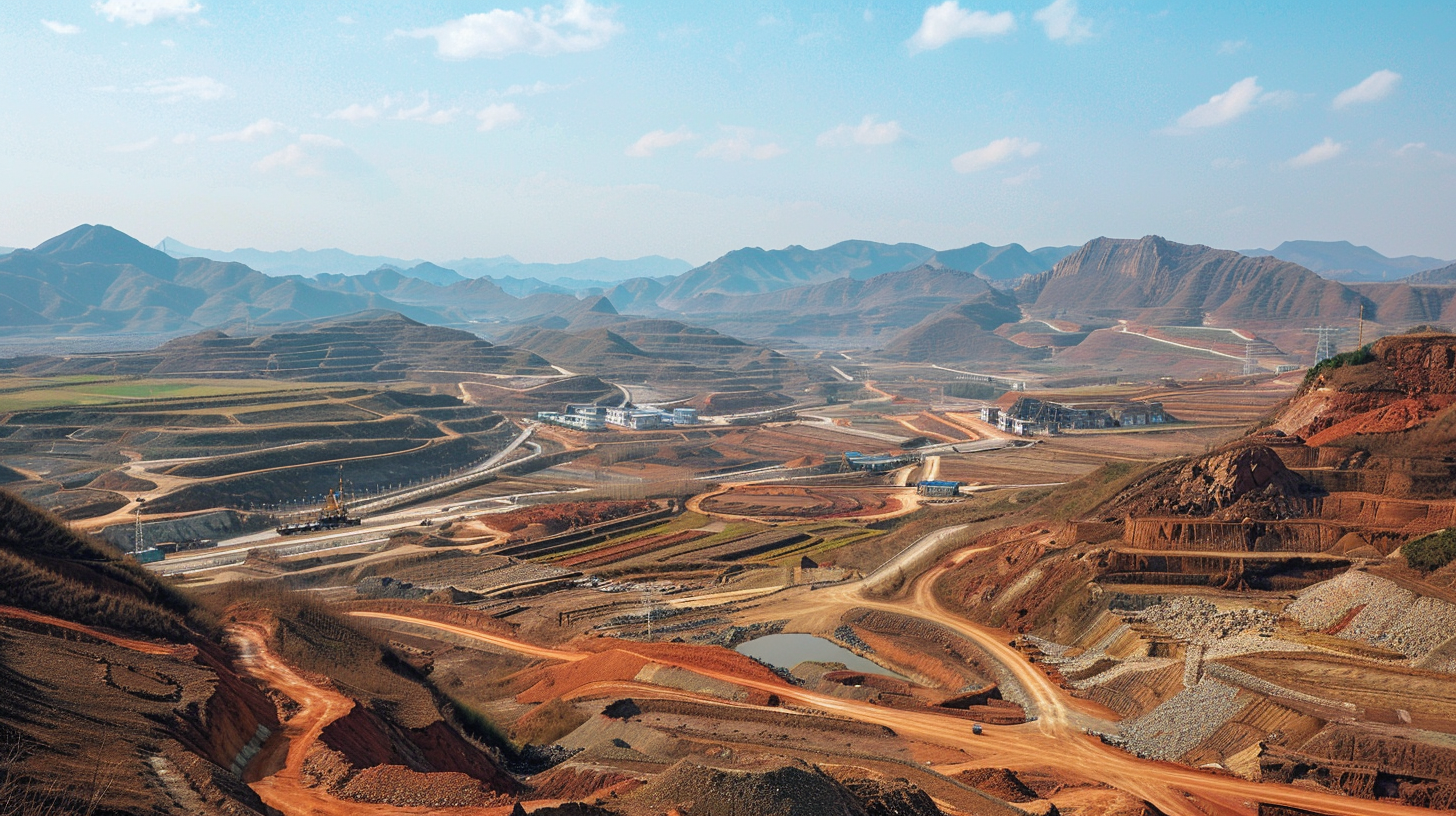The global lithium market experienced significant turbulence on Monday as Contemporary Amperex Technology Co., Limited (CATL), the world’s dominant electric vehicle battery manufacturer, announced the temporary closure of one of China’s most critical lithium mining operations. The unexpected shutdown of the Jianxiawo mine sent shockwaves through commodity markets and triggered a dramatic rally in lithium-related stocks worldwide.
CATL’s decision to halt operations at the massive Yichun-based facility stems from an expired mining permit, forcing the company to seek license renewal from Chinese authorities. The three-month closure represents a substantial disruption to the global lithium supply chain, given that the Jianxiawo mine ranks among the world’s largest lithium extraction operations and sits at the heart of China’s primary lithium production hub.
The market’s immediate response was swift and decisive. Major lithium producers saw their stock values surge dramatically, with Albemarle Corporation and Sociedad Química y Minera posting gains exceeding 9% in early trading sessions. Smaller players in the sector experienced even more pronounced rallies, with Sigma Lithium climbing nearly 20% as investors positioned themselves for potential supply constraints.
The ripple effects extended beyond pure-play lithium companies. Tesla, one of CATL’s most significant customers and a bellwether for electric vehicle demand, saw its shares rise as markets interpreted potential lithium scarcity as validation of the metal’s strategic importance. The automotive giant’s reliance on CATL for battery supply underscores the interconnected nature of the modern EV ecosystem and highlights vulnerability points in the supply chain.
Spot lithium prices responded predictably to the news, jumping nearly 4% on Monday alone. This surge comes after lithium had already gained over 15% in the previous month, suggesting that markets were already tightening before CATL’s announcement. The price movement represents a significant reversal from the commodity’s recent performance, which had seen values plummet to 2021 lows as global production outpaced demand growth.
The mine closure occurs against the backdrop of China’s evolving regulatory approach to its critical materials sector. Beijing has increasingly focused on combating what it terms “involution” – destructive competitive practices that officials believe ultimately harm long-term industry development. This policy shift reflects growing recognition that cutthroat competition in strategic sectors can lead to market instability and undermine national economic objectives.
The timing of CATL’s permit expiration raises questions about coordination between major Chinese industrial players and government regulators. As geopolitical tensions surrounding critical materials intensify, China’s management of its lithium resources has become increasingly scrutinized by international observers and competitors.
For investors, the situation presents both opportunities and uncertainties. While the immediate supply shock has benefited lithium stock holders, the underlying fundamentals of oversupply that had previously pressured prices remain largely unchanged. Global lithium production capacity continues to expand, with new projects coming online across Australia, South America, and North America.
The three-month timeline for the mine’s closure, while significant, may not be sufficient to fundamentally alter global supply-demand dynamics. However, it does highlight the concentration risk inherent in lithium supply chains and the potential for regulatory actions to create market volatility.
Looking ahead, the resolution of CATL’s permit renewal will serve as an important indicator of China’s broader approach to critical materials regulation. The outcome could influence how other mining operations navigate the evolving regulatory landscape and may provide insights into Beijing’s strategic priorities for the lithium sector.
The current situation underscores lithium’s emergence as a truly strategic commodity in the global transition to electrification, where supply disruptions can trigger immediate and substantial market reactions across multiple industries and continents.

